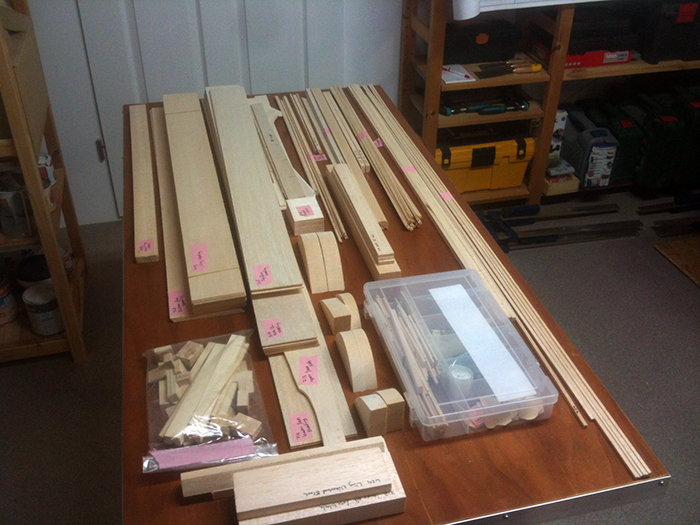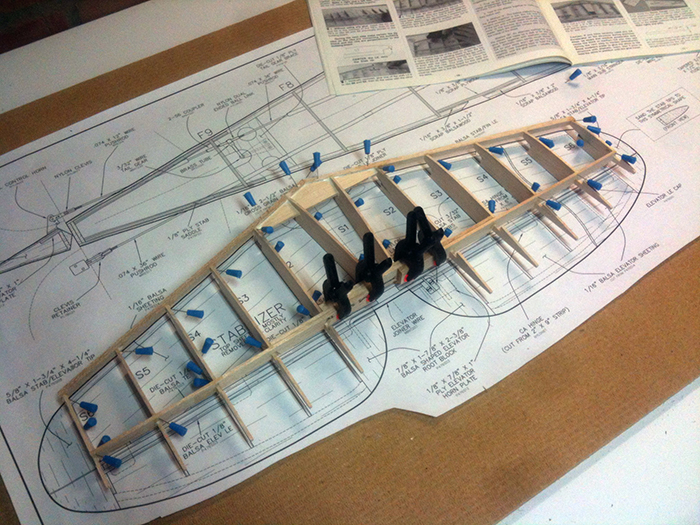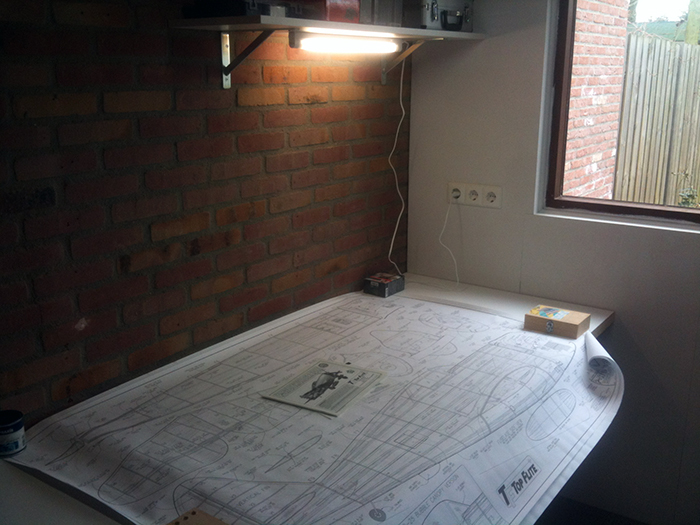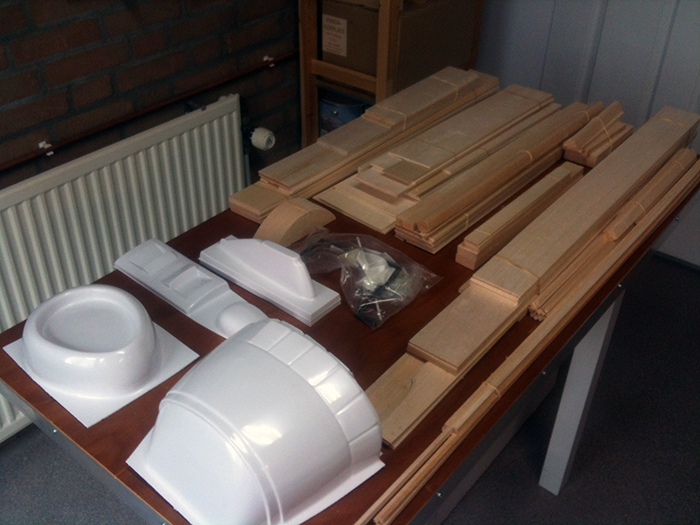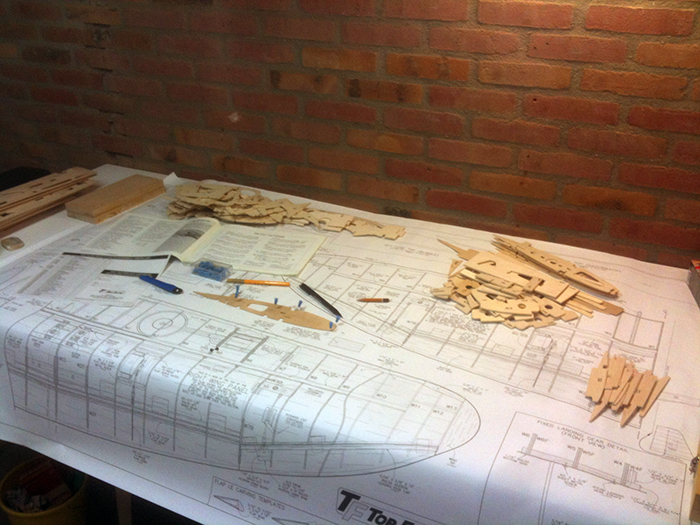Since I started flying radio controlled airplanes again this year, I couldn’t resist thinking about a new build project I’ve always dreamed of: a scale WWII fighter. I built several sport and sailplanes in the past, but never did anything near scale… so it’ll be a lot of first times (retracts, flaps, sheeting, scale details) and thus a bit of a challenge. But that’s a good thing!
The first problem I came across was selecting a scale subject. It seemed a lot harder than I thought, so I made a list of requirements:
- Of course, it should be a scale model. Not sport scale or stand off scale, but half to true scale (without getting carried away).
- It should be a propeller driven model.
- It could have multiple engines, but preferably no more than two.
- It should have slow flying capabilities (so no high speed model); moderately fast flying would be considered a bonus.
- It should have a span between 50″ and 70″, large enough for ease of flying and scale likeness, but reasonable to transport.
- It should have flaps. Rather plain or slotted flaps than split flaps (used a lot on WW II planes but less ideal). Fowler flaps would be great, but more difficult to construct.
- It should have retractable gear.
- A low or mid wing configuration would be prefered above a high wing configuration.
- The original aircraft has to be a succes in some way. It has to fly well in a certain envelope.
- And last but not least: it should be a less common subject. So this definitely rules out a Spitfire and a Mustang! Doesn’t have to be rare, but I just don’t like to have a plane everyone else has too.
So, this made things a little easier because I could narrow my selection. I spent a few months browsing the Internet, aviation sites and libraries and flew as much models as I could find for my simulator (RealFlight 6). I thought about scratch building for a while, but I’d rather stick to a kit since this takes considerably less time to construct, teaches me some common practices and construction techniques and produces proven flight characteristics; I consider scratch building my ultimate goal but a bridge to far as for now. Having to select a kit narrows the selection down further, because the kit market isn’t as large as it used to be.
There aren’t a lot of .60-size scale kits on the market. Most kits from the USA are AMA legal (80″+ wingspan) and too big for me. Other manufacturers only produce sport kits. It came down to either a Top Flite kit or a short kit from Tony Nijhuis. The Spitfire isn’t an easy flier with its elliptical wing, and too common too. Same goes more or less for the Mustang. I liked the Harvard best from Tony Nijhuis and the Republic P-47 Thunderbolt from Top Flite. Other options, but less attractive to me, were the TF Mentor (too big and heavy) or Corsair (not a personal favorite) and the Hurricane from Nijhuis.
After a long time of pondering, I decided to go for the Thunderbolt! Reviews call it a warbird that flies like a sport model, which is right up my alley, I guess. Experience experts say it builds and flies easier than the Mustang and its slow flying capabilities are great. I’m really looking forward to build this plane, so I placed my other today!






